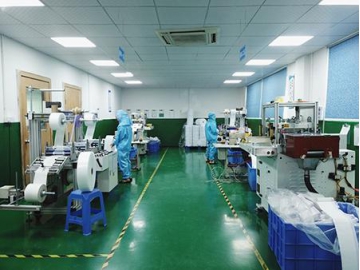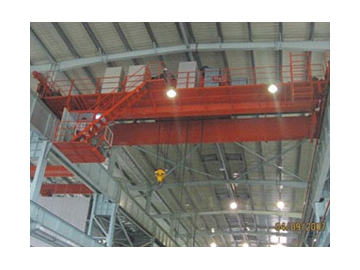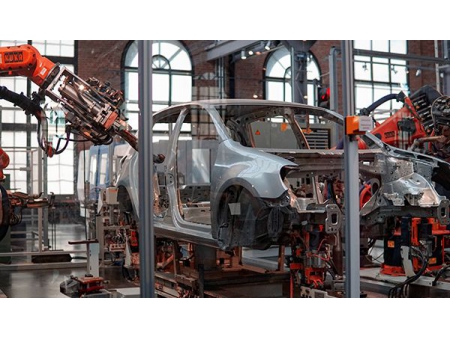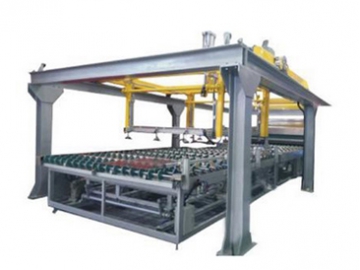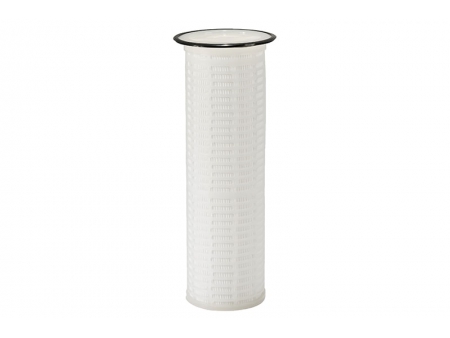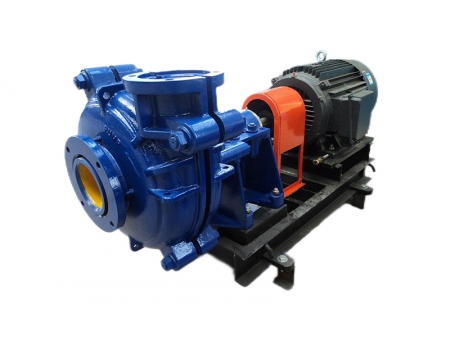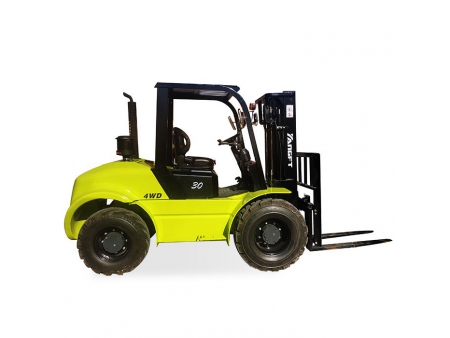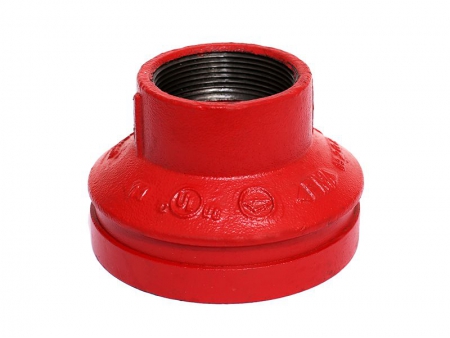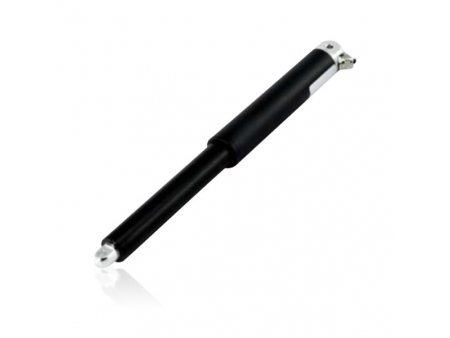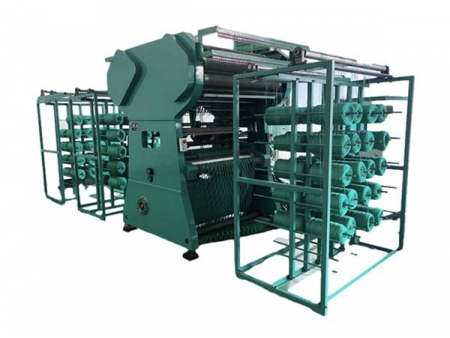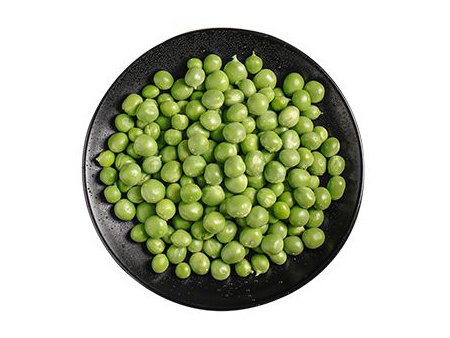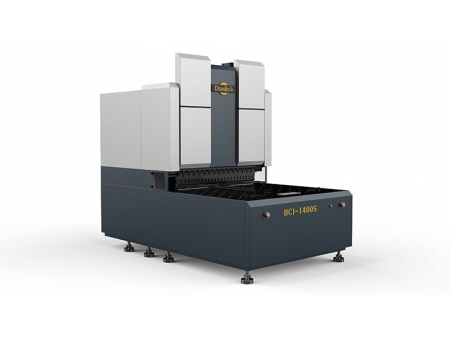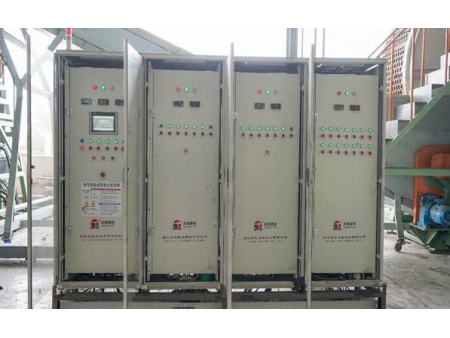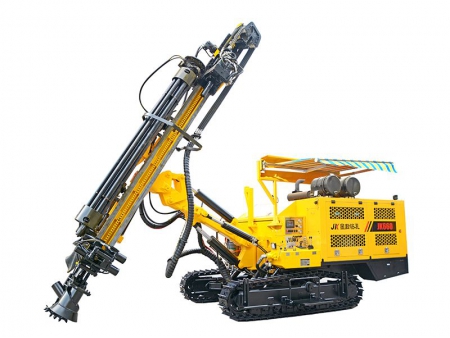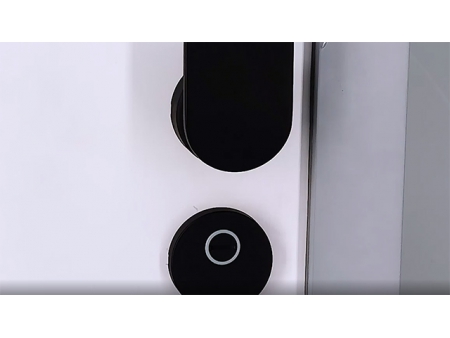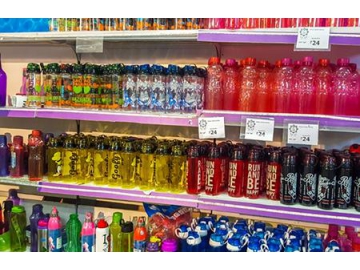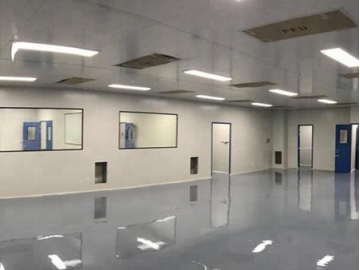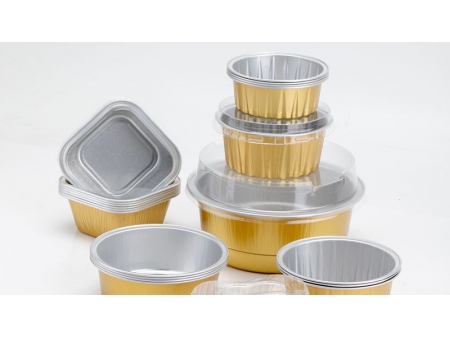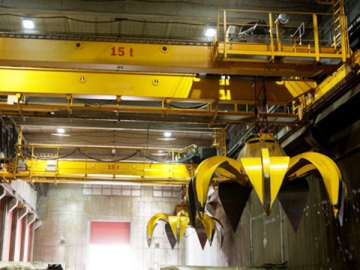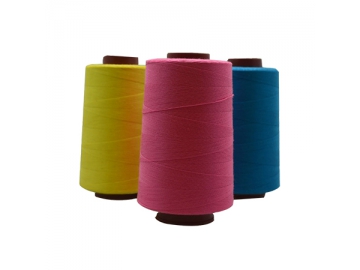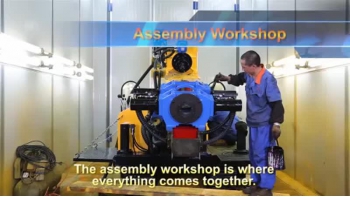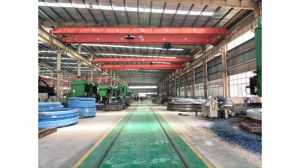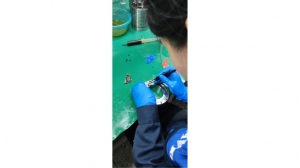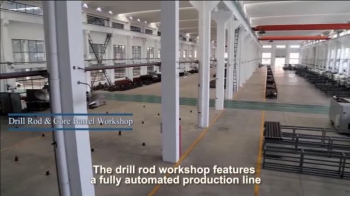Workshops
Request a Quote
Take a photo tour around the SINOMA manufacturing facility and get a feel for why we are one of the Top-500 enterprises in China. With more than 4 decades of experience in designing, testing and manufacturing high pressure composite cylinders and materials, the company has what it takes to produce quality natural gas cylinders and SCBA cylinders many customers come to rely on.
Metal Spinning, Heat Treating
Featured here is the heat treatment workshop, which was initially built in 2004. But it wasn't put into use until 2006.
What you see now is a metal spinning, cylinder necking-in and closing machine, where steel tubes are processed into their initial shape.
Shown here is an electrical enclosure, dedicated to the control of temperature in various sections of the heat treating furnace. Optimized heat treating process gives each steel tank enhanced strength, hardness, and toughness.
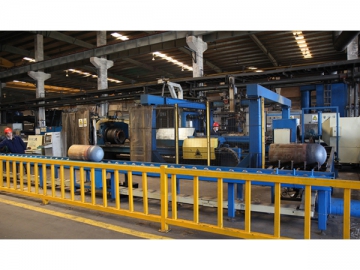 Leifeld metal spinning machine is used to make the bottom of the pressure tank. CNC controls the entire process to ensure consistent results each time the tank is processed.
Leifeld metal spinning machine is used to make the bottom of the pressure tank. CNC controls the entire process to ensure consistent results each time the tank is processed.Heat treating furnace, where finished steel tank takes its final shape.
Pictured here is another heat treating furnace, imported from Austria, which consists of three sections, each dedicated to heating, quenching, and tempering. Heat treated tanks are hard and tough.
Wrapping
Steel tanks are being wrapped with glass fiber to increase their compressive strength.
Composite curing oven, where glass fiber wraps are heated and thereby solidify on the tank surface. The three sections inside the oven are controlled at three different temperature levels, where epoxy curing agents gradually stiffen and bind tightly to the tank surface.
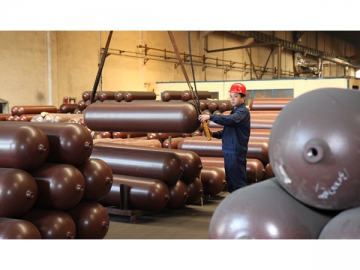 Semi-finished steel tanks waiting to be wrapped.
Semi-finished steel tanks waiting to be wrapped.Spray Painting
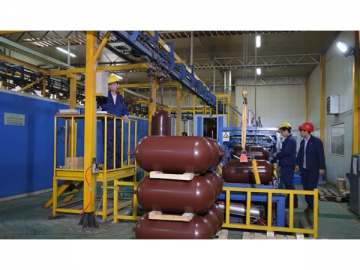 Spray painting line, where steel tanks are painted in a specific color required by clients.
Spray painting line, where steel tanks are painted in a specific color required by clients.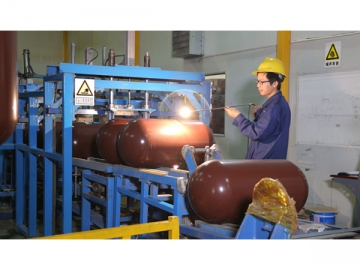 Check composite wrap on the outside and metal liner on the inside of the tank for any visible flaws. Spray painting staff makes sure the color and surface finish meet customer requirements.
Check composite wrap on the outside and metal liner on the inside of the tank for any visible flaws. Spray painting staff makes sure the color and surface finish meet customer requirements.Cleaning
In this clean room, finished CNG tanks and LNG tanks are thoroughly washed.
Anti-rust oil is spread over the inside wall of steel tanks to prevent corrosion. The inside tank is then dried off with steam.
Shown here are workers tightening valves into the tank mouth in the clean room. The valve keeps out dust, moisture and any impurities that might contaminate the content of the tank.
LNG Cylinder Processing
This workshop is mainly used to produce LNG cylinders.
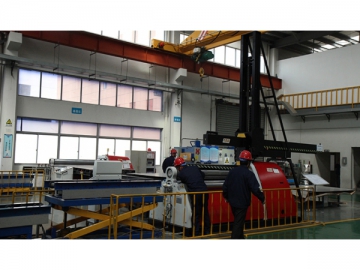 CNC roll bender, imported from Italy, bends steel plate into a perfect curve in one run.
CNC roll bender, imported from Italy, bends steel plate into a perfect curve in one run.Automatic seam welding machine ensures the welded cylinder is air-tight along the length-wise seam.
Vacuum Pumping System
The vacuum pumping system is comprised of a vane pump (backing pump), Roots pump, and diffusion pump. It pumps down the space between the metal liner and inside cylinder wall to a high vacuum level, ensuring the cylinder is insulated against heat gain.
Workers on their job.
Recorder. The vacuum pumping process takes generally 5 days to complete, which is quite a long time. Thanks to this recorder, operators can leave the pumping system unattended all the while knowing if the pumping process is going well.
Quality Inspection
Cleanliness inspection. An electronic microscope, imported from German Zeiss, is used to sample check the cleanliness of the tank via a process known as particle size analysis.
DSC differential thermal analyzer checks the degree of tank deformation under high temperature conditions.
Raw Stocks Inspection. A direct reading spectrometer measures the content of 14 trace elements contained in the raw material.
Universal Testing Machine. Tests the tensile strength of semi-finished steel tanks.
Fatigue and Rupture Test
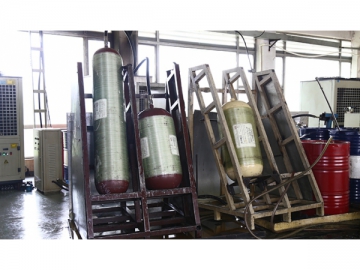 Fatigue test. The pressure vessel should last 15000 cycles of tank charging and discharging with oil.
Fatigue test. The pressure vessel should last 15000 cycles of tank charging and discharging with oil.Rupture test. Tests the upper limit of pressure where the cylinder ruptures. The resulting pressure limit should be repeatable across multiple tests. The rupture should take the shape of fish mouth.
Hydrostatic Pressure Test
Each and every gas cylinder should pass the hydrostatic pressure test at a standard pressure of 20mpa. Note that the actual pressure used in the test should be at least 34.5mpa.
Warehouse
Two large warehouses, each covering a 2500-square-meter floor area, can store 20,000 steel tanks in total.
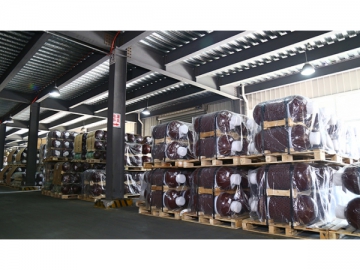
Send Message
Other Products
Most Recent
More
Other Products
Videos


